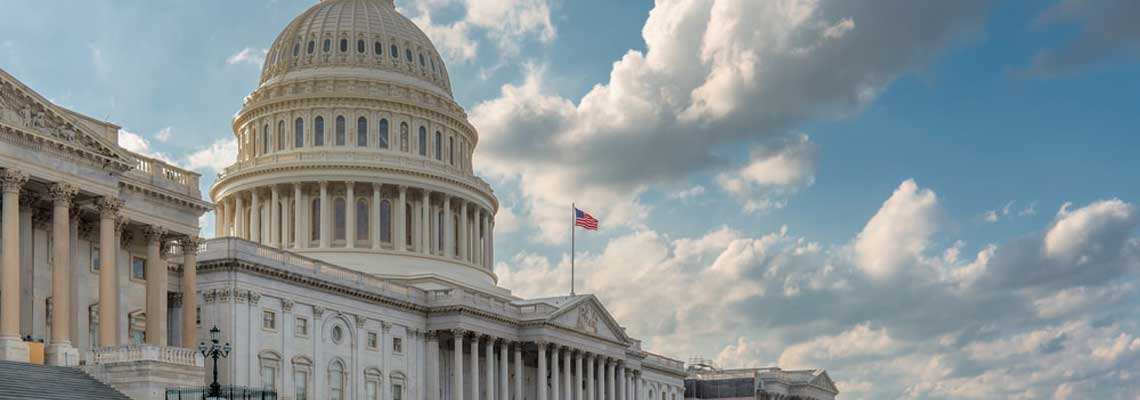The New York Times dedicated over 2,700 words to the IRS scandal in a front-page story of its Sunday edition. Most of those words, however, are dedicated to lending legitimacy to a false narrative that the Citizens United decision led to a flood of new 501(c)(4) applications, resulting in a need to group applications.
It’s the exact same line offered by top IRS brass. But it’s not true.
This table comes directly from the IG report:
It shows that 1,735 groups applied for 501(c)(4) status in fiscal 2010, which was down from 1,751 the prior year. The fiscal year was in its fifth month, February 2010, when targeting began; we don’t know what the standard was in February because it is redacted in the IG report. We do know the terms “tea party” and “patriot” were used starting in April 2010, more than halfway into the fiscal year. There is simply no way the IRS could have been flooded with applications that far into a year in which overall applications were down.
Not only were 501(c)(4) applications down, but so were applications across all four of these types of groups. Volume was down when the targeting started, but the New York Times dutifully reports the false alibi anyway, under the section heading “Flood of Applications,” including this sentence:
“But after the Supreme Court’s 2010 Citizens United decision on campaign financing freed corporations and unions to spend money on elections, hundreds of new applications began to arrive from Tea Party and other organizations.”
Shameful. The Times joins the IRS and the Obama Administration in telling a false history designed to both excuse IRS targeting tea party groups and to push a partisan agenda to restrict political speech.
I asked one of the authors of the Times piece, Nick Confessore, about the issue on Twitter and got this curious reply:
@kerpen (c)4 applications level from 09-10. They jump in ’11, when long questionnaires go out. Not sure volume is a real factor either way.
— Nick Confessore (@nickconfessore) May 19, 2013
Got that? Applications were “level” the year the targeting started, but that didn’t merit mention in a 2,700 word article. And he’s “not sure volume is a real factor either way,” but the “Flood of Applications” section runs 874 words. More than a third of the article.
You can see our whole conversation here, but I want to point out one other point I found surprising.
When I tweeted that the key decision for 501(c)(4)s was not Citizens United but rather the 2007 case Wisconsin Right to Life, which struck down the ban on issue advertising within 30 days of a primary and 60 days of a general election, I got this response:
@kerpen WRTL gave c4s leeway if no biz/union money. Citizens cleared the way for all donors to use c4s. Which you know.
— Nick Confessore (@nickconfessore) May 19, 2013
This is the lead campaign finance reporter for the New York Times and he doesn’t understand one of the key recent Supreme Court cases in his area. In FEC v. Wisconsin Right to Life, Chief Justice Roberts wrote for the majority:
In drawing that line, the First Amendment requires us to err on the side of protecting political speech rather than suppressing it. We conclude that the speech at issue in this as-applied challenge is not the “functional equivalent” of express campaign speech. We further conclude that the interests held to justify restricting corporate campaign speech or its functional equivalent do not justify restricting issue advocacy, and accordingly we hold that BCRA §203 is unconstitutional as applied to the advertisements at issue in these cases.
That decision was issued on June 25, 2007. WRTL itself was a corporation and it accepted donations from other corporations, including “biz” corporations. Most 501(c)(4)s are corporations, and have always been permitted to accept unlimited “biz” and other corporate contributions. Since this case was decided they were able, once again, to run issue advertising (with some restrictions) for the first time since McCain-Feingold was passed in 2002. In the parlance of McCain-Feingold, issue ads are called “electioneering communications” inside the 30 and 60 days windows.
Not surprisingly, WRTL resulted in a major increase in electioneering communications. This chart is from Berkeley law professor Rick Hasen:
Contra Confessore, WRTL lifted restrictions on “biz” corporate and union (AFL-CIO filed an amicus brief) speech by striking down restrictions on issue ads. It did leave in place restrictions on express advocacy (“vote for” or “vote against”) that were later struck down by Citizens United and SpeechNow.org.
But Confessore didn’t make that distinction; he instead expressed a false belief that Wisconsin Right to Life only “gave c4s leeway if no biz/union money,” which would later be unleashed by Citizens United, causing that “Flood of Applications” in Cincinnati.
It is false history in service of a false narrative designed to excuse the IRS targeting and pivot to an agenda of restricting political speech.
And, of course, there was no room in the 2,700+ word story to include the fact that the head of the National Treasury Employees Union, which represents IRS workers, logged 11 White House visits. And the same union endorsed Obama and worked vigorously on his behalf. But why investigate that when you can blame it all on a mythical “Flood of Applications”?
The New York Times: All the news that fits.

